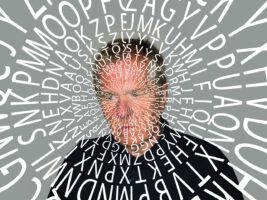Our cognitive performance develops as a function of our application-related abilities and skills for using the individual sensory systems in the process of cognition and understanding.
Our knowledge is not a collection of facts, but a spatially organized descriptive model in which we integrate all our experiences. For this reason, we need a holistic theory to develop our spatial-visual competence that explains why we see materials, shapes, constructions, proportions, smells, sounds, emotions, behaviors and action contexts and can express them visually, physically and spatially using vivid cultural techniques.
The color and light structure of the environment allows us to form a vivid system of signs through which we can communicate in a similar way to the language of words. The visual space has a structure of meaning and action through which we “can” understand what we see and “can” express what we feel and think. The visual space forms a two-sided explanatory model for describing the knowledge structure of our brain, which underlies every visual process of perception, imagination and representation. This allows us to relate our experience and behavior to the way our nervous system works.
The possibilities for methodically promoting spatial-visual competence, as well as general brain performance (intelligence), are based on knowledge of the knowledge structure of the visual space. The memory reference of our descriptive knowledge is formed analogously to the linguistic space from its use in the process of cognition and understanding. This means that the development of our cognitive abilities interacts with the development of our visual faculties, vivid imagination and representation skills. The theory presented here on the development of spatial-visual competence is intended to provide new arguments for the systematic promotion of visual abilities and skills in the educational process.


